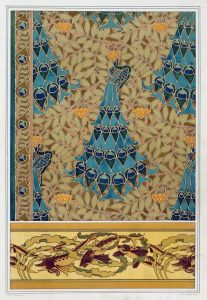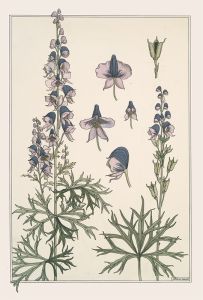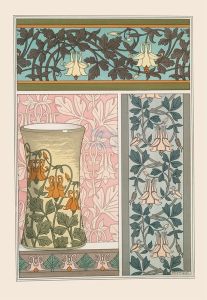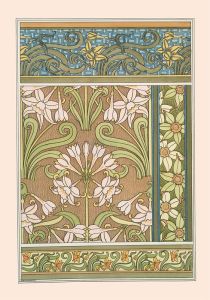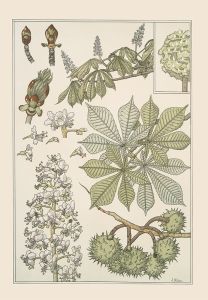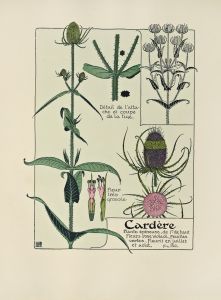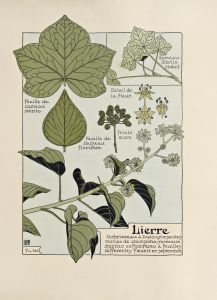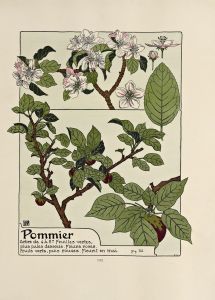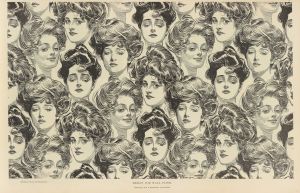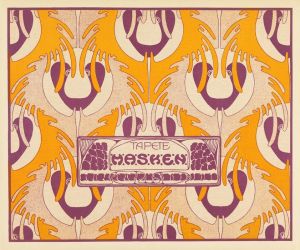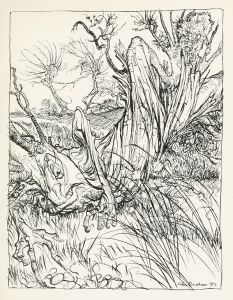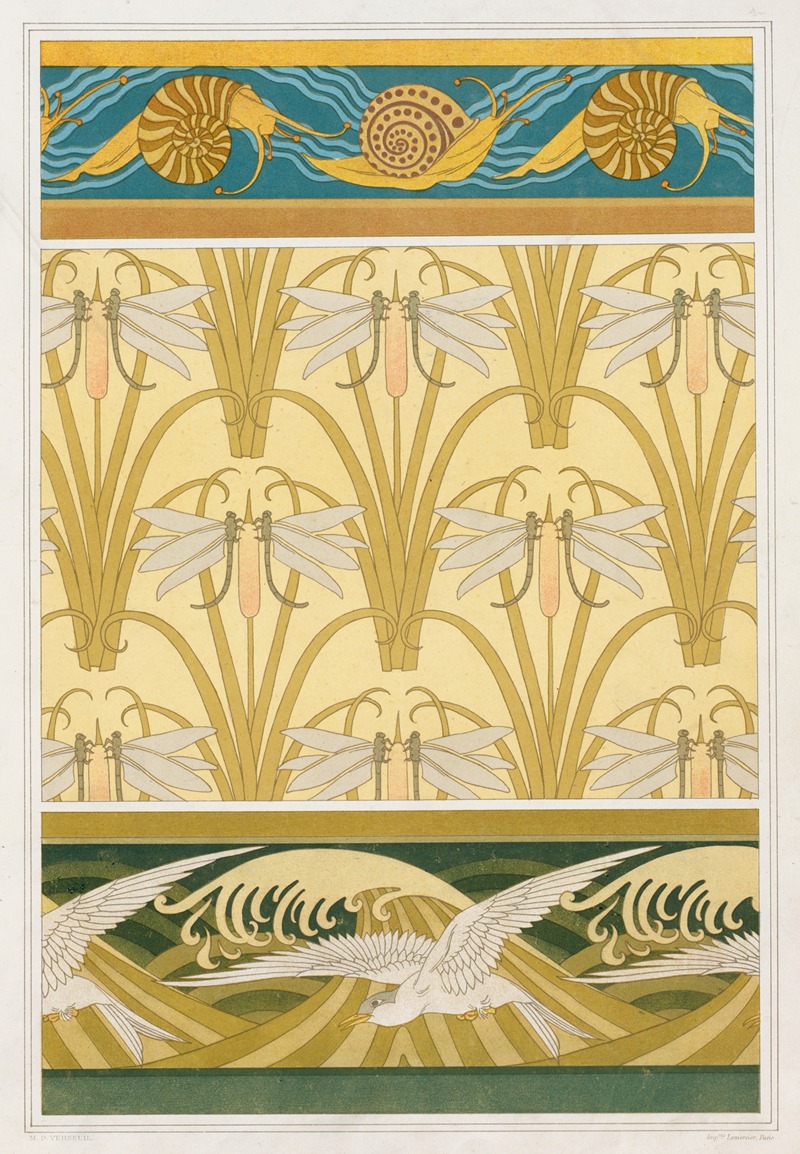
Escargots, bordure. Libellule et roseaux, papier peint. Mouettes, bordure.
A hand-painted replica of Maurice Pillard Verneuil’s masterpiece Escargots, bordure. Libellule et roseaux, papier peint. Mouettes, bordure., meticulously crafted by professional artists to capture the true essence of the original. Each piece is created with museum-quality canvas and rare mineral pigments, carefully painted by experienced artists with delicate brushstrokes and rich, layered colors to perfectly recreate the texture of the original artwork. Unlike machine-printed reproductions, this hand-painted version brings the painting to life, infused with the artist’s emotions and skill in every stroke. Whether for personal collection or home decoration, it instantly elevates the artistic atmosphere of any space.
Maurice Pillard Verneuil was a prominent French artist and designer known for his contributions to the Art Nouveau movement, particularly in the realm of decorative arts and wallpaper design. Born in 1869, Verneuil's work was characterized by its intricate patterns and natural motifs, often drawing inspiration from flora and fauna. His designs were celebrated for their elegance and the way they seamlessly integrated art with everyday objects.
One of his notable works is "Escargots, bordure. Libellule et roseaux, papier peint. Mouettes, bordure." This piece exemplifies Verneuil's skill in creating decorative art that is both functional and aesthetically pleasing. The title itself gives insight into the motifs used in the design: "Escargots" refers to snails, "Libellule" to dragonflies, "roseaux" to reeds, and "Mouettes" to seagulls. These elements are indicative of Verneuil's fascination with nature and his ability to translate the beauty of the natural world into decorative patterns.
The work is a wallpaper design, a medium that Verneuil excelled in. During the late 19th and early 20th centuries, wallpaper was a popular choice for interior decoration, and artists like Verneuil played a crucial role in elevating it from mere background decoration to a form of art. His designs often featured bold colors and dynamic compositions, which were innovative at the time and contributed to the distinct style of Art Nouveau.
Verneuil's approach to design was heavily influenced by the principles of Art Nouveau, which emphasized organic forms, flowing lines, and the harmonious integration of art into everyday life. This movement sought to break down the barriers between fine art and applied art, and Verneuil's work is a testament to this philosophy. His wallpaper designs were not just decorative; they were meant to transform spaces and bring the beauty of nature indoors.
"Escargots, bordure. Libellule et roseaux, papier peint. Mouettes, bordure." reflects Verneuil's meticulous attention to detail and his ability to create complex, layered compositions. The use of natural motifs such as snails, dragonflies, reeds, and seagulls suggests a celebration of the natural world and its diverse forms. These elements are arranged in a way that creates a sense of movement and life, a hallmark of Verneuil's style.
Verneuil's work was widely recognized during his lifetime, and he was considered a leading figure in the Art Nouveau movement. His designs were featured in various exhibitions and publications, and he collaborated with other artists and designers to promote the ideals of the movement. Today, his work continues to be appreciated for its artistic merit and its contribution to the development of modern design.
In summary, "Escargots, bordure. Libellule et roseaux, papier peint. Mouettes, bordure." is a quintessential example of Maurice Pillard Verneuil's artistry and his ability to blend natural motifs with decorative design. Through his work, Verneuil not only contributed to the Art Nouveau movement but also left a lasting impact on the world of decorative arts. His legacy is evident in the continued appreciation of his designs, which remain relevant and inspiring to contemporary artists and designers.






